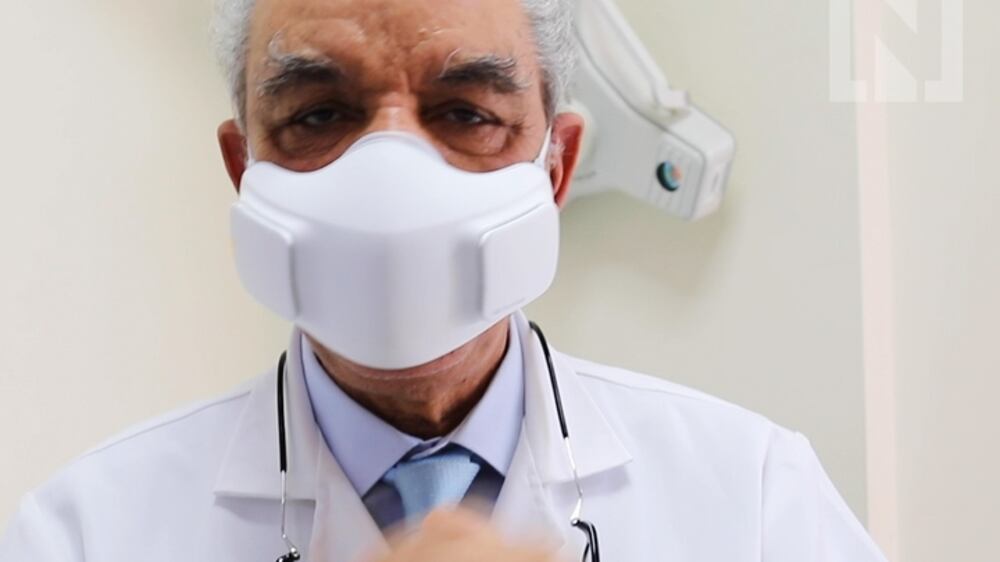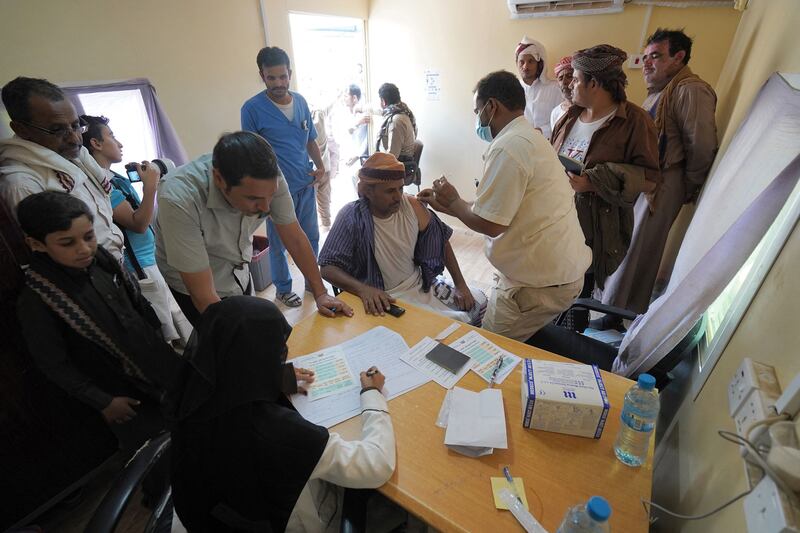Many people in the Mena region are not adhering to safety measures prescribed to prevent the spread of Covid-19, such as wearing a mask and keeping physical distance, a new survey from the World Health Organisation has found.
Two-thirds of respondents (66 per cent) said they wore a mask most or all of the time, while only half said they kept social distancing of two metres while in public. Three in four respondents reported washing their hands frequently as a safety measure.
The survey covered the Eastern Mediterranean (Emro) region, which stretches from Morocco to Pakistan and comprises nearly 679 million people.
The National road tests five masks from the basic to the bling

A random sample of 500 to 1,000 adults in each country were surveyed by the WHO and Unicef during June to July.
“Premature relaxing of – and lack of adherence to – public health and social measures, as well as low vaccination coverage, continue to put more lives at risk,” said Dr Ahmed Al Mandhari, WHO regional director for the Emro, on Monday.
“The only certain way to prevent the spread of Covid-19 is by doing it all: getting vaccinated, maintaining physical distancing, cleaning hands, avoiding crowded and closed spaces, and wearing a mask,” he said.
The region has reported more than 16.4 million cases and over 303,000 deaths since the beginning of the pandemic.
Although new cases and deaths have declined overall across the region, 10 countries experienced surges in Covid-19 figures in the past week, compared with the previous week, Dr Al Mandhari said.
This mirrors a global trend of Covid-19 cases edging up again, as countries open their borders and people start travelling, he said. But the region, he said, was more at risk because of an overall low-vaccination rate.
More than 417 million vaccine doses have been administered across the region, but the coverage varies widely by country – from Yemen at 1 per cent fully vaccinated to the UAE at 88 per cent.
Fourteen countries in the region are on track to achieve the WHO’s global target of vaccinating at least 40 per cent of the population in every country by the end of 2021. But eight countries are still lagging behind, with less than 10 per cent of their populations fully vaccinated.
The WHO is working with health ministries and partners to accelerate those vaccination targets.
“One of the main reasons [for low vaccination], particularly in countries with conflict and instability, is that individuals have no access to the vaccines, despite their availability,” Dr Al Mandhari said.
On a positive note, 80 per cent of respondents in the regional survey said they would accept the vaccine, indicating a "high level of public acceptance of Covid-19 vaccines across the region", he said.
Vaccine supply to low and low-middle income countries through the Covax initiative, which aims to ensure equitable vaccine access, has significantly increased in the last quarter of the year.
One-third of total doses delivered by Covax to the region was delivered in the past four weeks, Dr Al Mandhari said.







